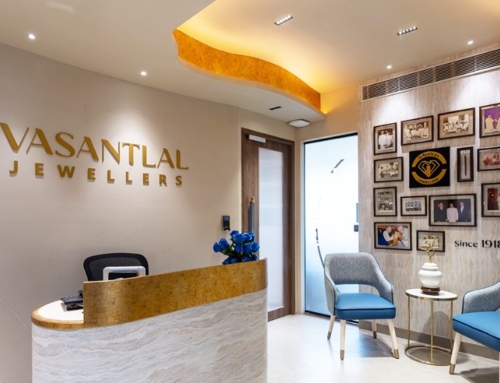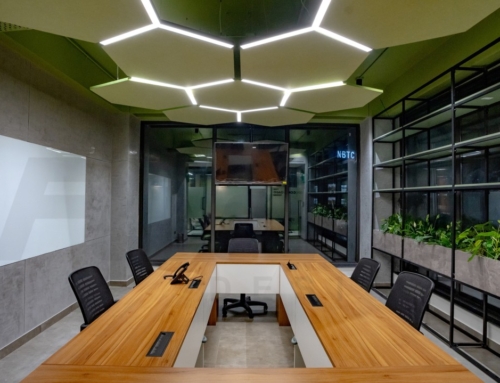Review by Charitaa Bagry
Written by Dennis Grant Murphy
About: The author of the book is Dennis Grant Murphy, ASID. In it he explains the various factors to be taken into consideration whilst starting your own business venture in the field of interior design. He talks about the initial factors to be taken into account prior to the formation of the business. Factors such as – the type of operation, structure of the business, the location, financing and support services. Once you can get these systems into play. the operations will run smoothly. He explains the pros and cons of the various structures of business. Also, it gives the reader a better understanding of the risks and obligations involved in starting your own business.
Based on the type of business and structure the rest of the business aspects can be decided. For example: A proprietorship is easier to start and the legal formalities are not much but the initial investment, workload and in general the rate of growth is deeply affected. Where as in a partnership the profits/losses and the liabilities are shared by the partners based on their involvement.
This book not only tackles the big pictures problems but also the smallest of factors that can affect the running of the business. From where you can set up shop to the transport management aspect. It gives you a general idea of where the money goes into starting a business. For example: The initial start-up costs include- Property leasing, salaries, utilities, office furnishings, marketing fund and reserve funds. The used and implemented ideas of former designers and entrepreneurs are also included in the content.
The author then goes on to explain the various operational guidelines. These are more like a checklist or things to keep in mind. Some of these guidelines are extremely helpful and are to be taken into consideration during the construction stages of the business so one can be ready to kickstart the organisation right after commencement. Such as, creating a sample library, list of vendors and carpenters, suppliers, etc. Establishing a company policy, covering business insurance for professional liability, etc.
The author then tackles the topic of ethics. The very powerful word that is the quintessential description of the term “professionalism”.
Though one well pointed fact by Mr. Grant was that the line of ethics stretches more than just clients and people you work with. Ethics include conduct, following of rules, policies, moral and legal obligations, attitude, responsibility and overall this constitutes of professionalism. Everything from detailing the scope of each design project by outlining the services and mutual responsibilities of the designer and the client, to protection of confidential information to meeting all financial obligations of the business punctually come under ethics to be followed.
The next chapter gives the reader a thorough understanding on how to advertise the company or firm. Apart from a generic point of view the author gives the reader many tips and ideas on how to promote the business.
He creates a comparison between advertising and marketing for established as well as start-up companies. I agree with him in the theory that start-ups should have a more aggressive approach towards advertising in order to make a statement.
The final few steps of setting up an interior design business include the drafting of contracts and forms. After explaining the workings of a contract and under what circumstances it can be discharges or nullified, he then goes on to further elaborate on the importance of contracts themselves.






